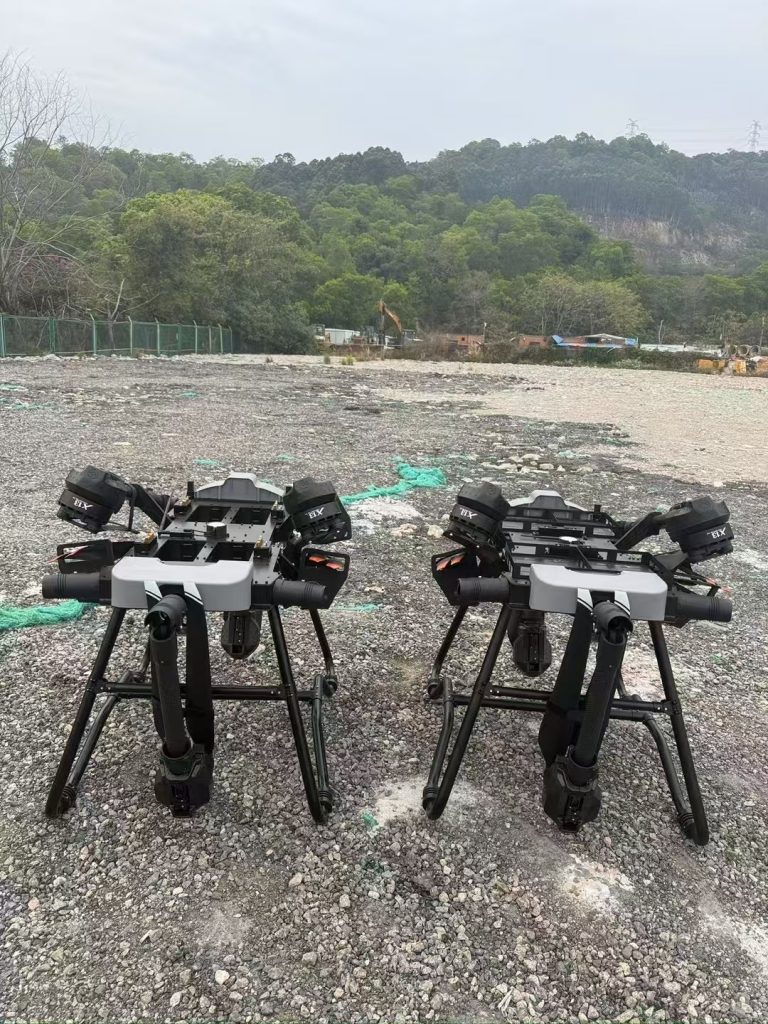
Nestled between the Himalayas and the Arabian Sea, Pakistan’s agriculture sector is the heartbeat of its economy—contributing 22% to GDP and employing over 40% of the workforce. From the fertile plains of Punjab, where wheat and cotton thrive, to the orchards of Sindh and Khyber Pakhtunkhwa (KPK)’s apple groves, and the rice paddies of Balochistan, farming sustains livelihoods and feeds a nation of 240 million. Yet, this vital sector faces mounting pressures: depleting water resources (only 30% of Pakistan’s land is arable, with the Indus River Basin strained by over-extraction), erratic monsoons and heatwaves (temperatures exceeding 50°C in Sindh), and a growing labor gap as rural youth migrate to cities. To secure its food future, Pakistan is embracing smart agriculture—and Chinese agric drones, tailored to local needs, are emerging as a game-changer.
Pakistan’s Agricultural Challenges: A Call for Precision Solutions
-
Water scarcity: Agriculture guzzles 95% of Pakistan’s freshwater, yet traditional flood irrigation wastes 50–60% through evaporation or runoff. In Punjab’s cotton belts, shrinking groundwater tables threaten yields; in Sindh’s mango orchards, inconsistent watering leads to fruit drop.
-
Terrain diversity: From flat river deltas to mountainous KPK (home to 70% of Pakistan’s fruit farms) and arid Balochistan, fields range from sprawling plains to steep, rocky slopes—requiring equipment that navigates all terrains without damage.
-
Labor shortages: With 65% of farmers over 50 and urban migration siphoning young workers, tasks like pesticide spraying or seedling distribution lag, especially during peak seasons like rice transplantation or cotton bollworm control.
Chinese Agric Drones: Built for Pakistan’s Fields
1. Ruggedness for Pakistan’s Climate and Terrain
-
Climate resilience: Advanced cooling systems prevent overheating in Punjab’s heat, while insulated batteries withstand KPK’s sub-zero winters. Sealed motors and IP67-rated sensors repel dust and humidity, critical for Sindh’s coastal farms.
-
All-terrain agility: Multi-rotor drones with terrain-following GPS and obstacle sensors glide over KPK’s rocky apple orchards and Balochistan’s sandy plains, avoiding collisions with trees or dunes. Fixed-wing models cover vast Punjab plains efficiently, mapping 500 acres/day.
2. Precision Tech to Conserve Resources
-
Smart spraying: Atomized nozzles reduce water use by 50–70% compared to manual methods. In Punjab’s cotton fields, this cuts irrigation needs by 1,500 liters/hectare—vital as groundwater levels drop by 1–3 meters yearly.
-
AI-driven insights: Multispectral cameras detect early signs of pest infestations (e.g., cotton bollworms) or nutrient deficiencies, enabling targeted interventions. Trials in Sindh’s mango groves reduced pesticide use by 40% while boosting fruit quality.
-
RTK GPS accuracy: Centimeter-level positioning ensures even coverage in uneven terrain, critical for rice seedling transplantation in Balochistan’s waterlogged fields, where uneven sprays cause stunted growth.
3. Affordability and Scalability for All Farmers
-
Entry-level models: Affordable drones (under $10,000) empower family farms to adopt tech without debt, democratizing precision agriculture.
-
Fleet management for cooperatives: Larger groups (e.g., cotton growers’ associations in Punjab) can deploy swarms via cloud software, slashing training time by 60% and cutting operational costs.
Beyond Hardware: Nurturing Local Capacity
-
Localized training: On-farm workshops teach pilots to operate drones, analyze crop health data, and perform region-specific maintenance (e.g., cleaning salt residue from Sindh’s coastal drones). Collaborations with Pakistan’s Ministry of National Food Security have reduced downtime by 40% and accelerated adoption in rural areas.
-
Rapid support networks: Partnerships in Lahore, Karachi, and Peshawar stock spare parts, ensuring replacements reach farms within 24–48 hours—critical during planting or harvest when delays risk crop loss.
-
Cultural alignment: User interfaces are Farsi/Urdu-friendly, with training manuals featuring local crops (cotton, mangoes, rice) and case studies from Pakistani farms, easing adoption.
Mutual Growth: Strengthening Pakistan’s Food Security
-
Economic empowerment: Reduced input costs and higher yields (trials show 20–30% increases) lift smallholder incomes, curbing rural poverty and migration.
-
Environmental stewardship: Precision resource use lowers chemical runoff into the Indus River, protecting aquatic ecosystems and aligning with Pakistan’s “National Climate Change Policy.”
-
Climate resilience: Faster response to weather shocks—like post-flood crop recovery or heatwave mitigation—secures food supplies for Pakistan’s growing population.

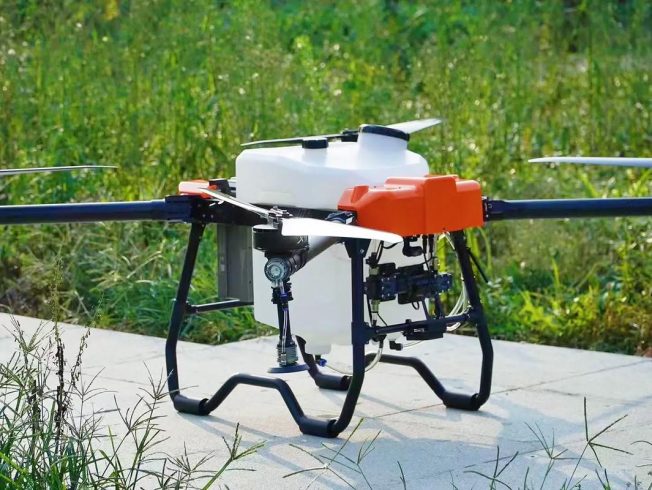
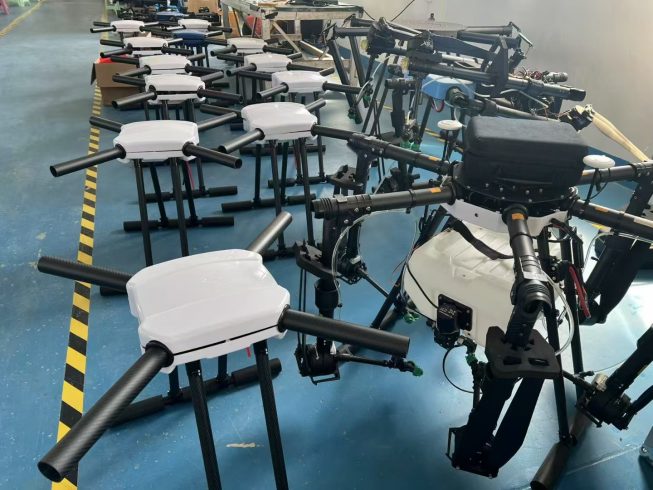
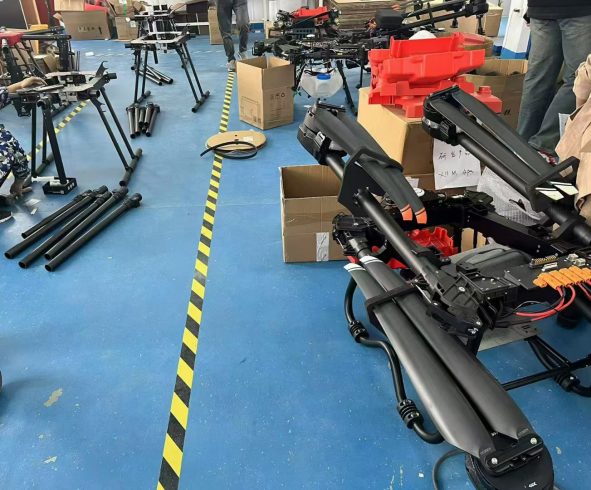
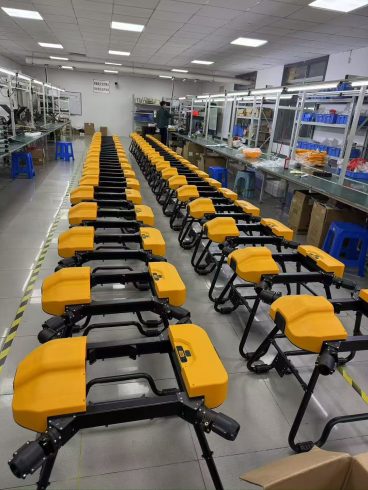



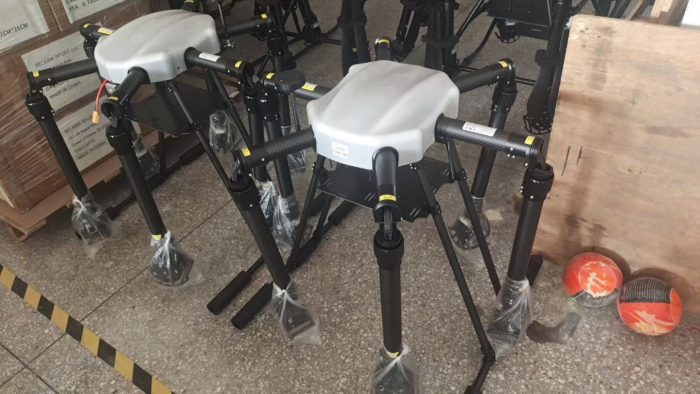
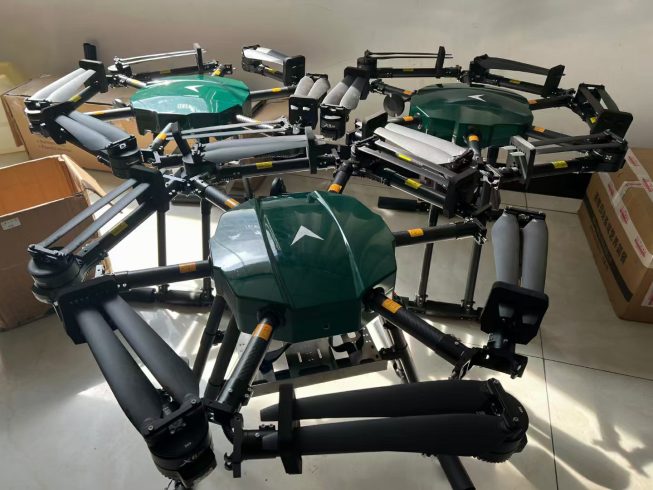
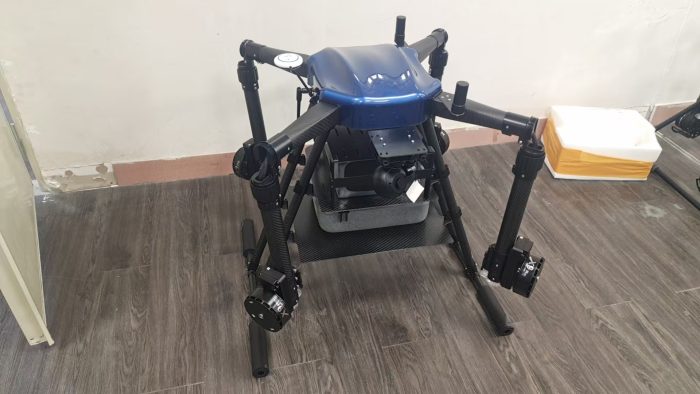

暂无评论内容